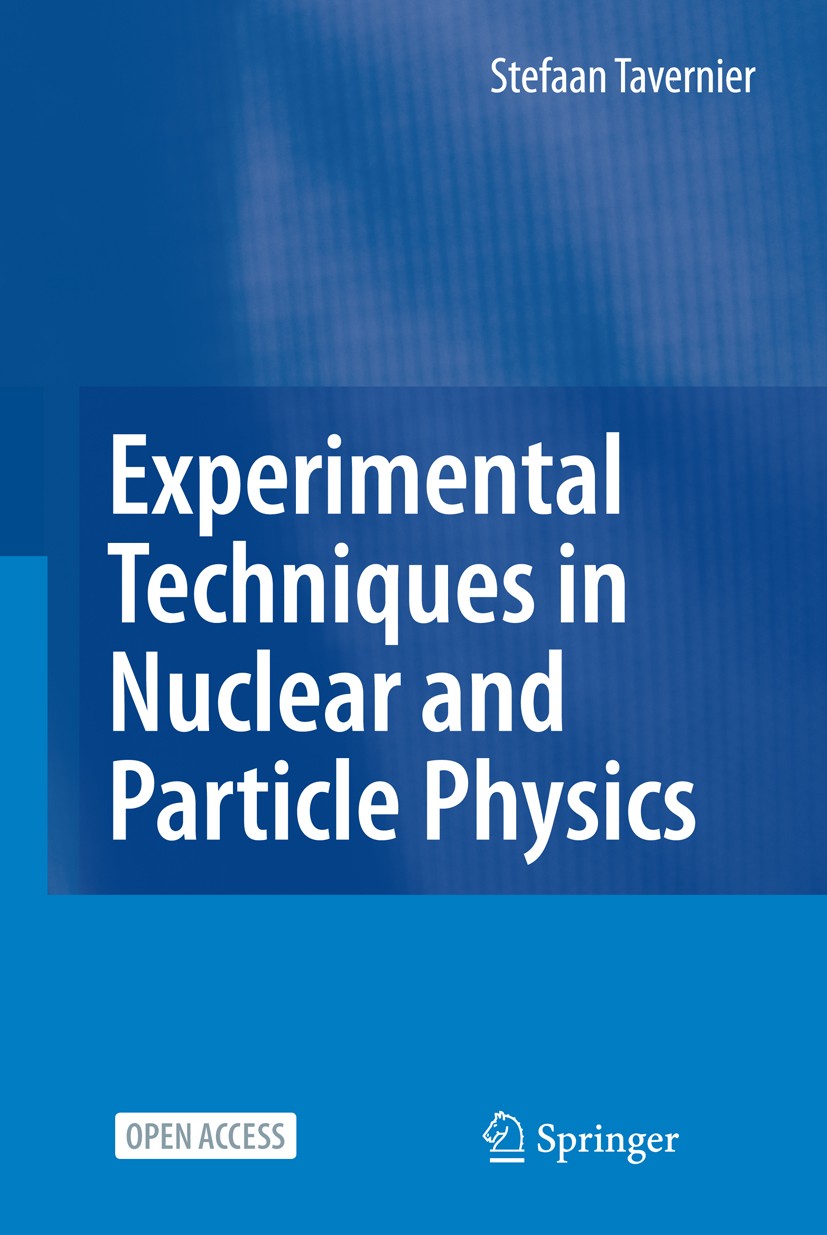| 书目名称 | Experimental Techniques in Nuclear and Particle Physics |
| 编辑 | Stefaan Tavernier |
| 视频video | http://file.papertrans.cn/319/318942/318942.mp4 |
| 概述 | This book is open access, which means that you have free and unlimited access.Interdisciplinary approach to particle techniques and accelerators, suitable for all fields (nuclear and particle physics, |
| 图书封面 |  |
| 描述 | I have been teaching courses on experimental techniques in nuclear and particle physics to master students in physics and in engineering for many years. This book grew out of the lecture notes I made for these students. The physics and engineering students have rather different expectations of what such a course should be like. I hope that I have nevertheless managed to write a book that can satisfy the needs of these different target audiences. The lectures themselves, of course, need to be adapted to the needs of each group of students. An engineering student will not qu- tion a statement like “the velocity of the electrons in atoms is ?1% of the velocity of light”, a physics student will. Regarding units, I have written factors h and c explicitly in all equations throughout the book. For physics students it would be preferable to use the convention that is common in physics and omit these constants in the equations, but that would probably be confusing for the engineering students.Physics students tend to be more interested in theoretical physics courses. However, physics is an experimental science and physics students should und- stand how experiments work, and be able to make |
| 出版日期 | Textbook‘‘‘‘‘‘‘‘ 2010 |
| 关键词 | Neutron; Particle Physics; Particle accelerator; detector gas ionization; electronics nuclear detector; m |
| 版次 | 1 |
| doi | https://doi.org/10.1007/978-3-642-00829-0 |
| isbn_softcover | 978-3-642-42602-5 |
| isbn_ebook | 978-3-642-00829-0 |
| copyright | Springer-Verlag Berlin Heidelberg 2010 |
 |Archiver|手机版|小黑屋|
派博传思国际
( 京公网安备110108008328)
GMT+8, 2025-11-14 19:57
|Archiver|手机版|小黑屋|
派博传思国际
( 京公网安备110108008328)
GMT+8, 2025-11-14 19:57


